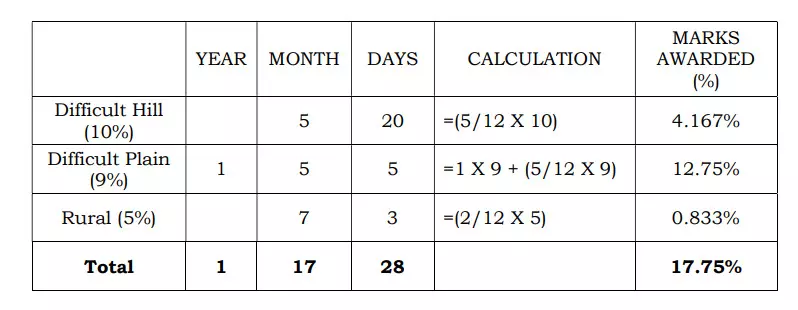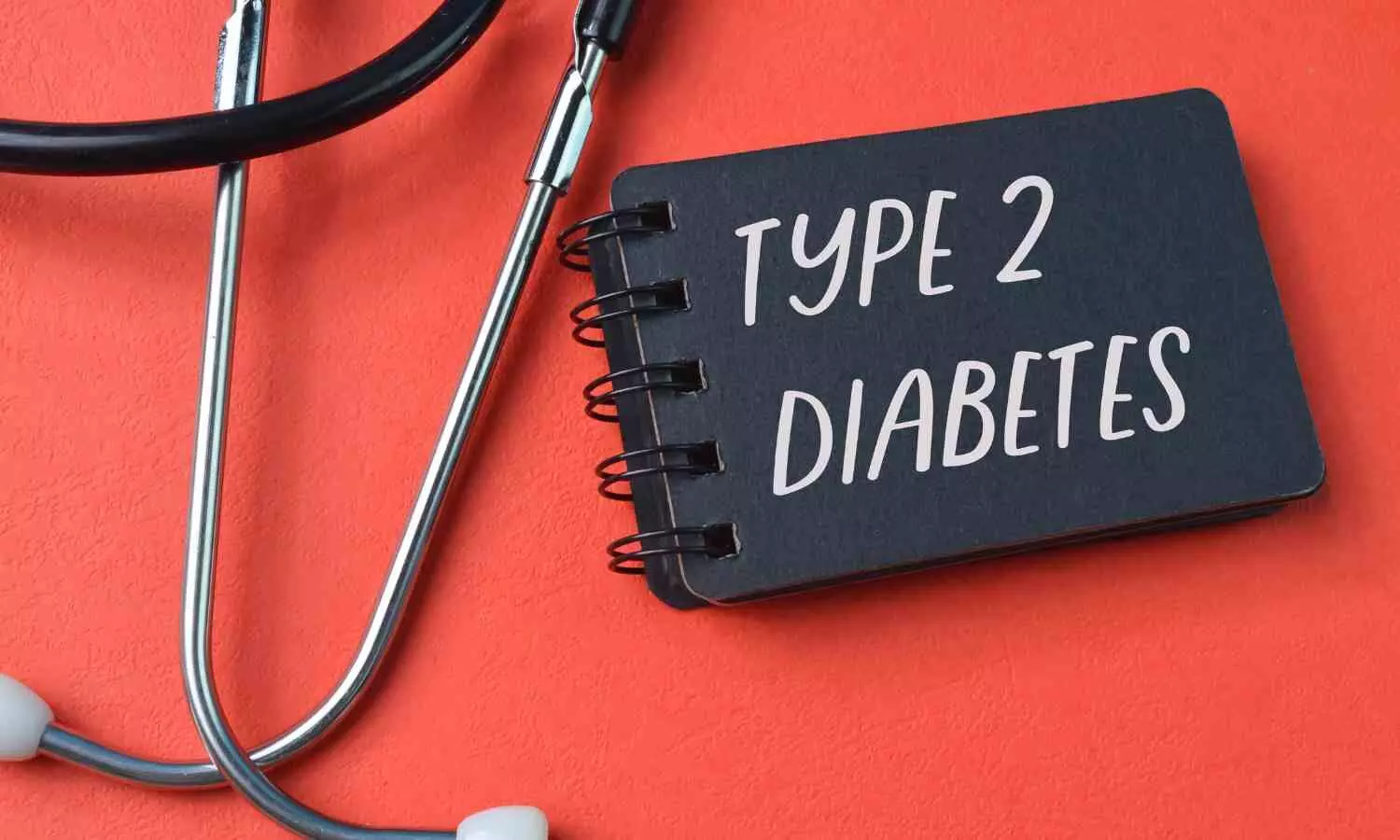RG Kar Case: New Junior Doctors’ Association Calls for Audit of WBJDF Funds

Kolkata: A recent controversy has erupted between two doctors’ associations, making headlines as the West Bengal Junior Doctor Association (WBJDA) accuses the West Bengal Junior Doctors’ Front (WBJDF) of collecting funds under the pretence of seeking justice for Abhaya, the PG trainee doctor who was allegedly raped and murdered at R G Kar Medical College and Hospital in Kolkata.
On one hand, representatives in the WBJDA, a newly-formed association reportedly having the backing of the ruling Trinamool Congress, have accused the WBJDF members of exploiting the rape and murder issues to serve self-interest, which includes mobilisation of funds from the public in the name of the protests. According to recent media reports, the WBJDF has been accused of raising huge funds around Rs 4.75 crore into different accounts in the past two months.
On the other hand, West Bengal Junior Doctors’ Front (WBJDF), the original umbrella body spearheading the protests over the rape and murder, has accused the newly-formed West Bengal Junior Doctors’ Association (WBJDA) of being a group of those junior doctors who had been accused of “threat culture” within the premises of medical colleges and hospitals. They have been accused of enjoying the patronage of erstwhile influential persons from the medical fraternity like the former principal of R G Kar Sandip Ghosh, PTI reports.
As per an Indian Express news report, a section of junior doctors in which many of them were expelled on October 5 over an allegation that they were part of a “threat culture” at the RG Kar Medical College and Hospital announced the formation of a new association called West Bengal Junior Doctor Association (WBJDA) which is reported to be the rival group of WBJDF.
Demanding to probe the activists of the WBJDF, including the source of funds mobilised by the front, WBJDA wrote a letter to the chief secretary stating, “The alleged financial irregularities of WBJDF, including fundraising in the name of Abhaya which has come into the public domain has to be addressed immediately. We demand a proper audit of that huge collection of funds and a proper investigation of the sources and motive of such alleged financial irregularities by a competent authority of the government.”
“No one in any medical college should be punished according to baseless perspectives or recommendations of one side, which has been going on in recent days… to fulfil political and personal agendas of some personnel. If such incidents are reported again in the future, then all govt officials including the principal and MSVP of that medical college or institute involved in such biased, vindictive decision-making processes have to undertake investigations accordingly…” added the letter.
However, the WBJDF rubbished such allegations and claimed that the new association had been formed with the active backing of the ruling party to malign the agitation which has received massive mass support since the beginning.
“We had withdrawn our fast-unto-death considering the larger public interest and because of the request from the parents of the victim junior doctor. But that does not mean that we will be withdrawing the agitation in support of our demands on this issue. Rather we will be extending the ambit of our protest beyond metros, urban, suburban and district headquarters to rural West Bengal,” a WBJDF representative said.
Medical Dialogues had earlier reported that the WBJDF already announced that it will be organising a protest march to the office of the Central Bureau of Investigation (CBI) at Salt Lake on the northern outskirts of Kolkata on Wednesday, a day before the Kali Puja, demanding a speedy and logical conclusion of the central agency’s probe in the rape and murder case.
Also read- RG Kar Protest: Junior Doctors Plan Rally on October 30 to Demand Justice for Victim
Powered by WPeMatico




















